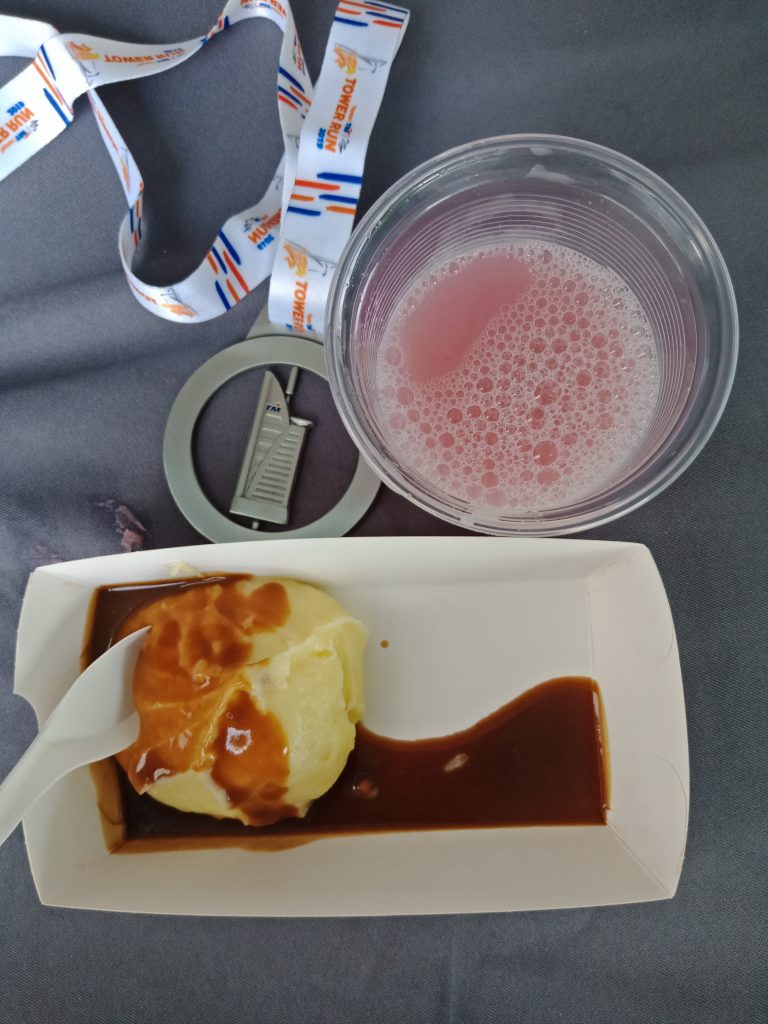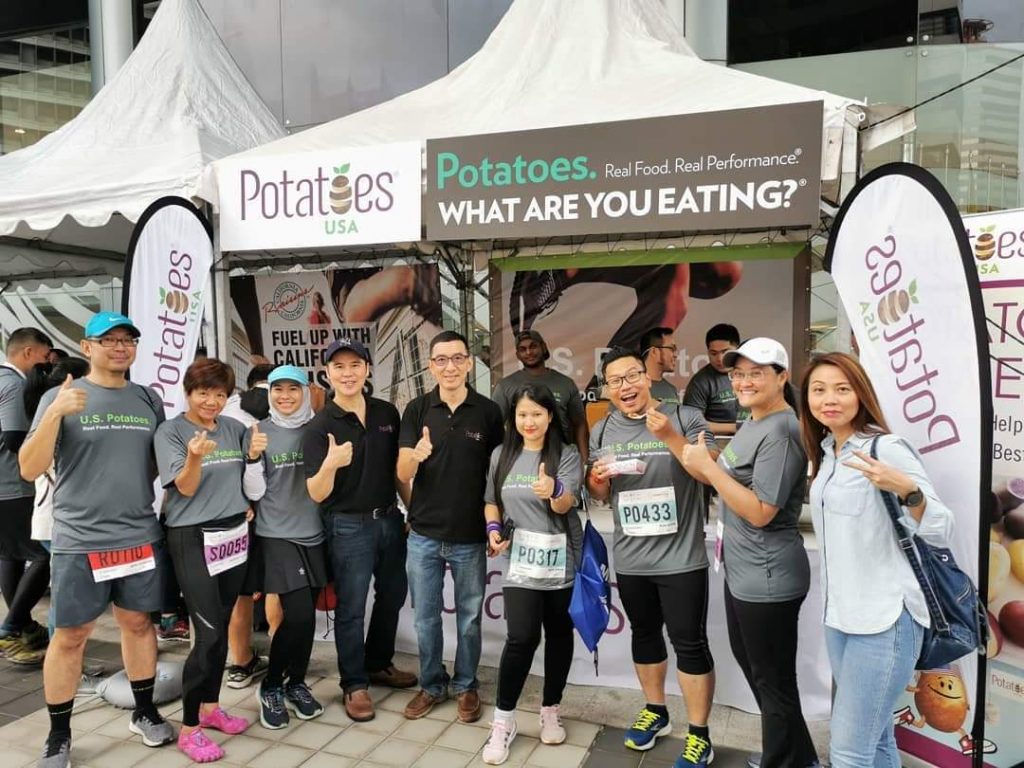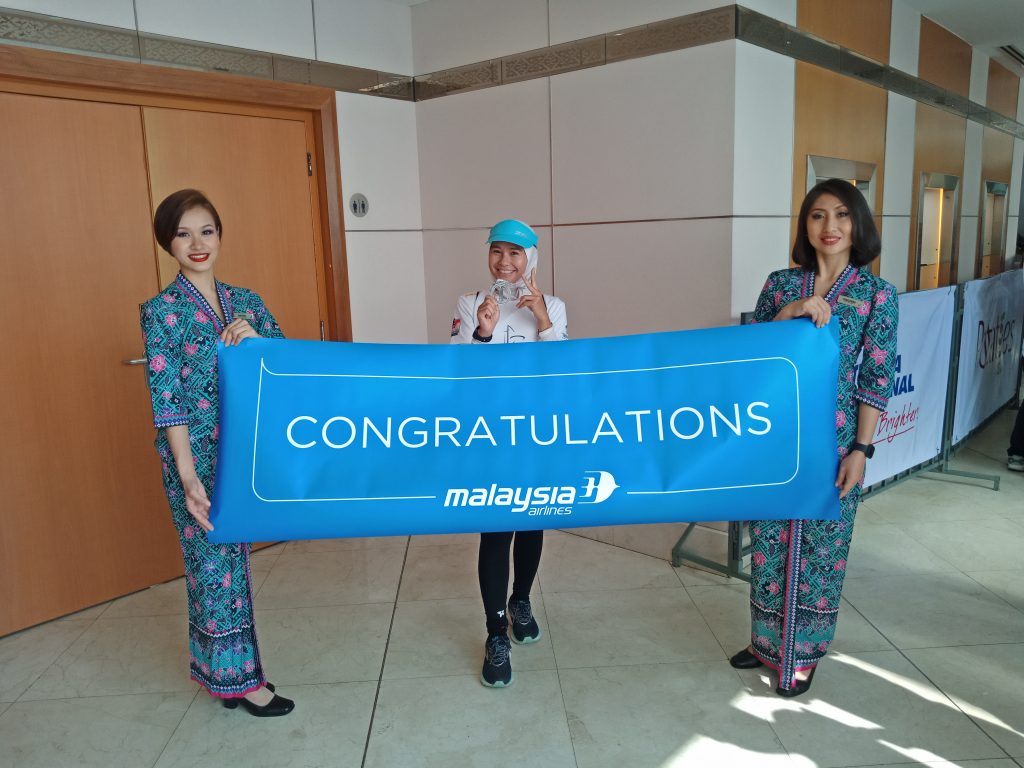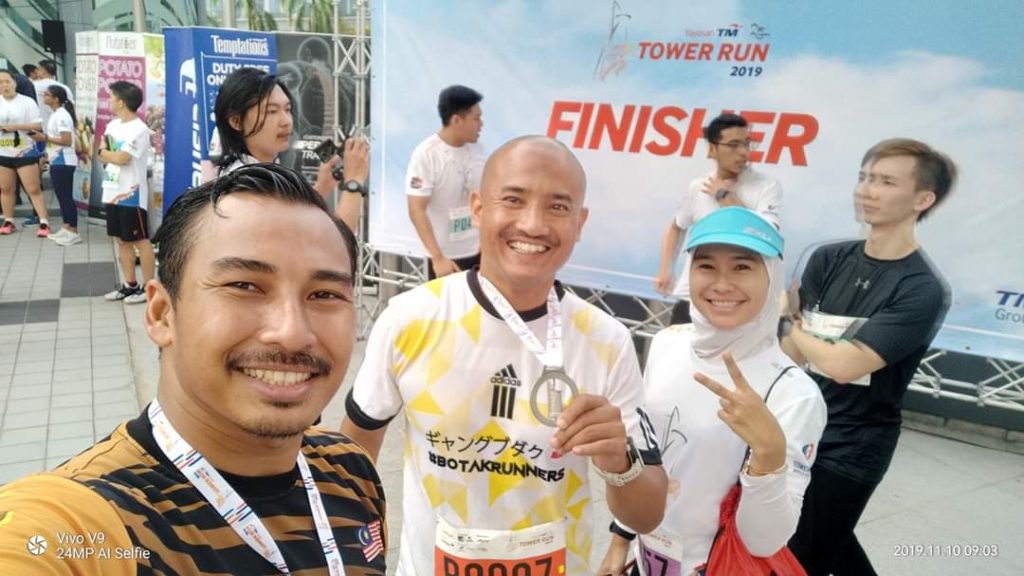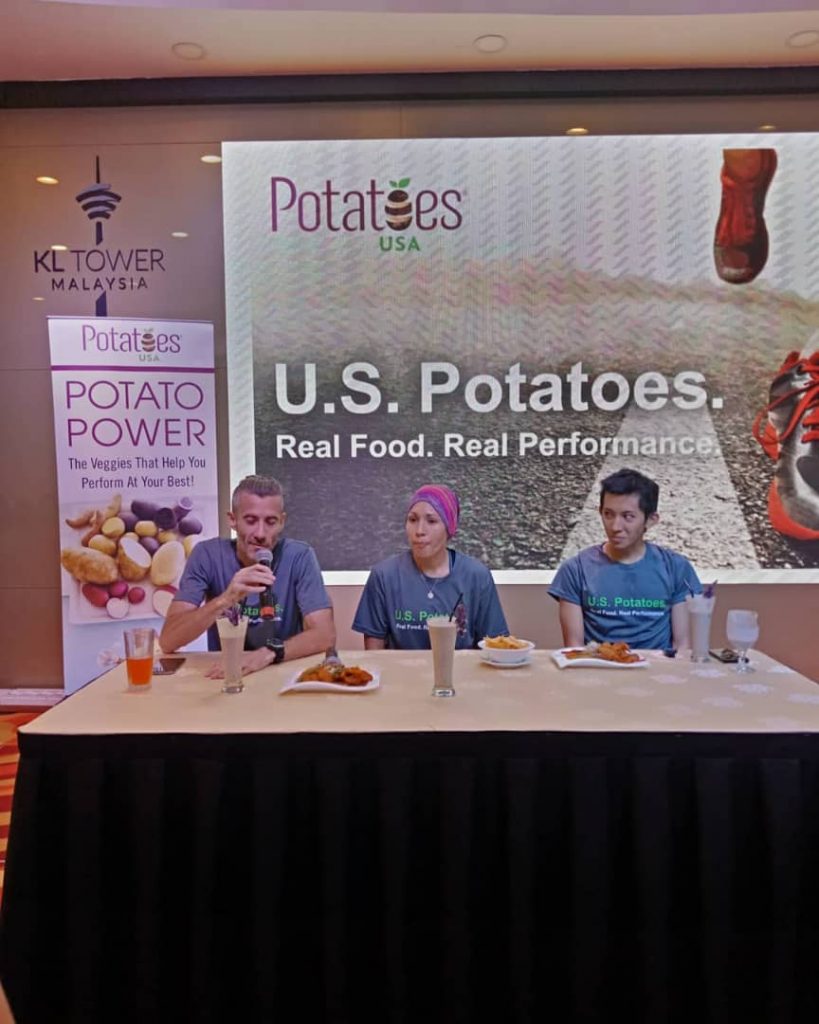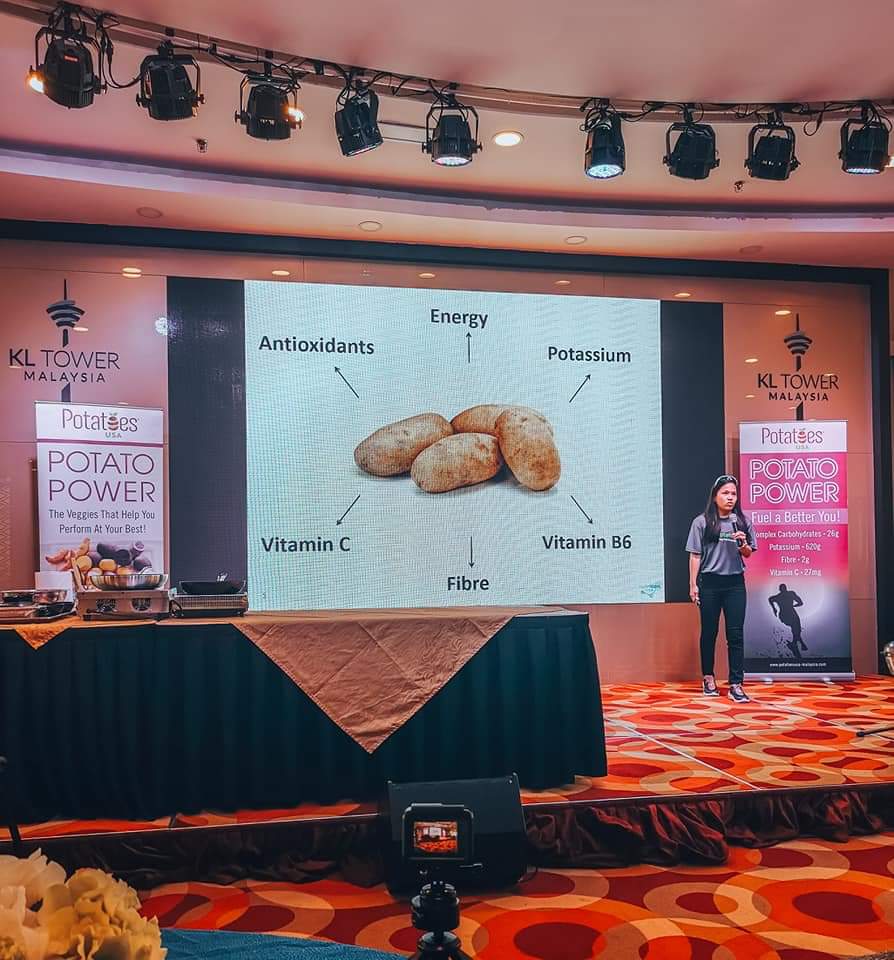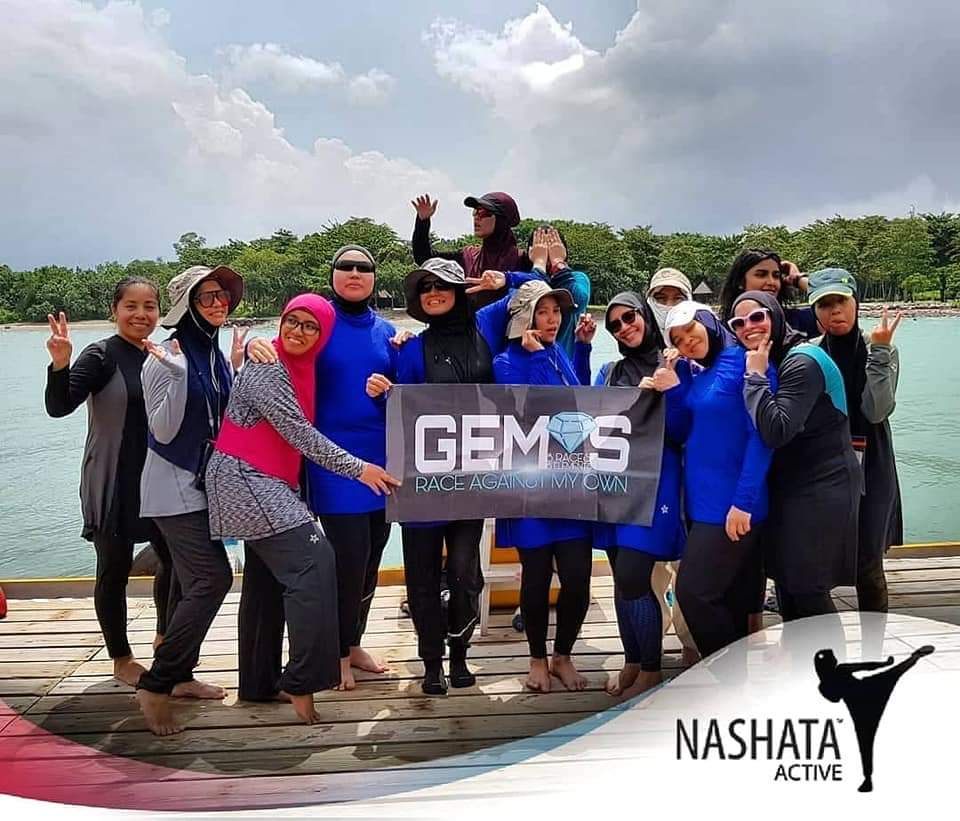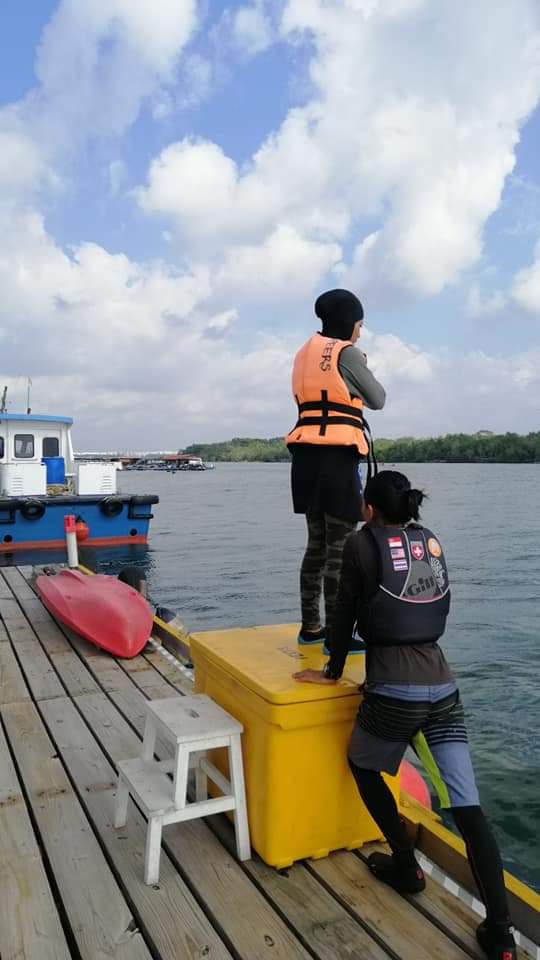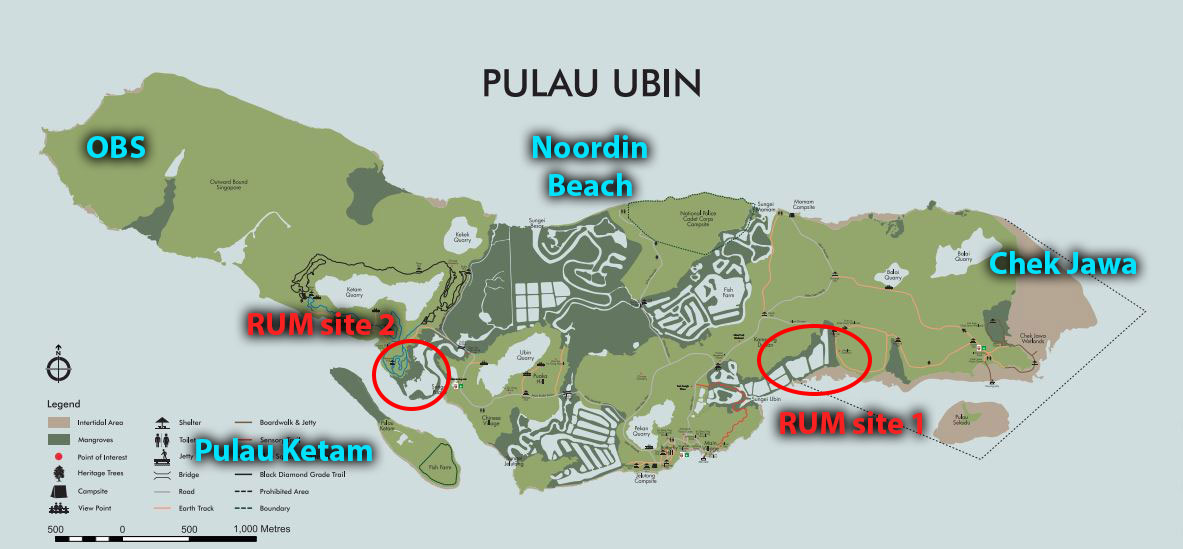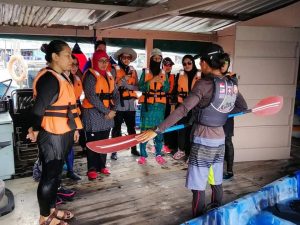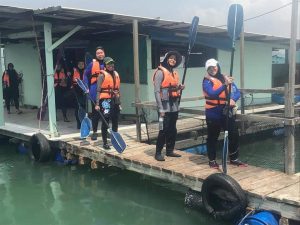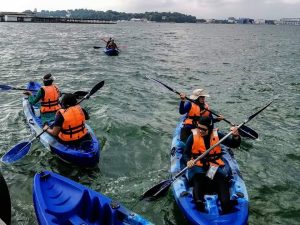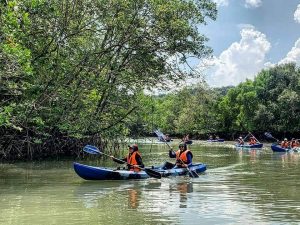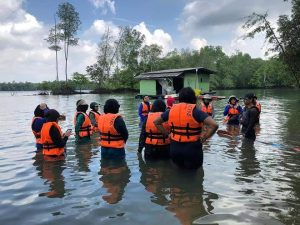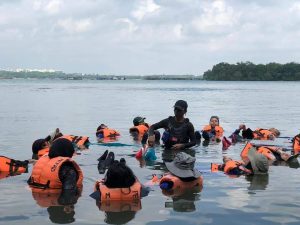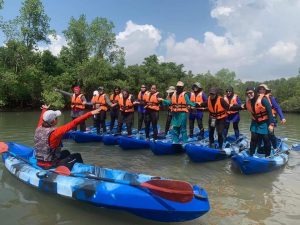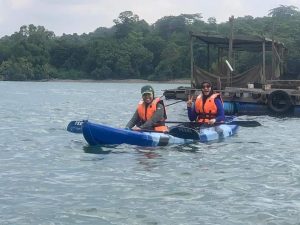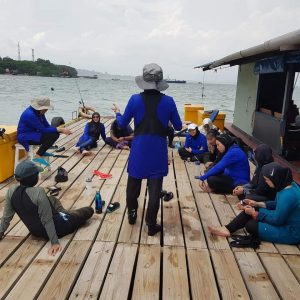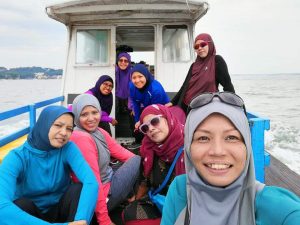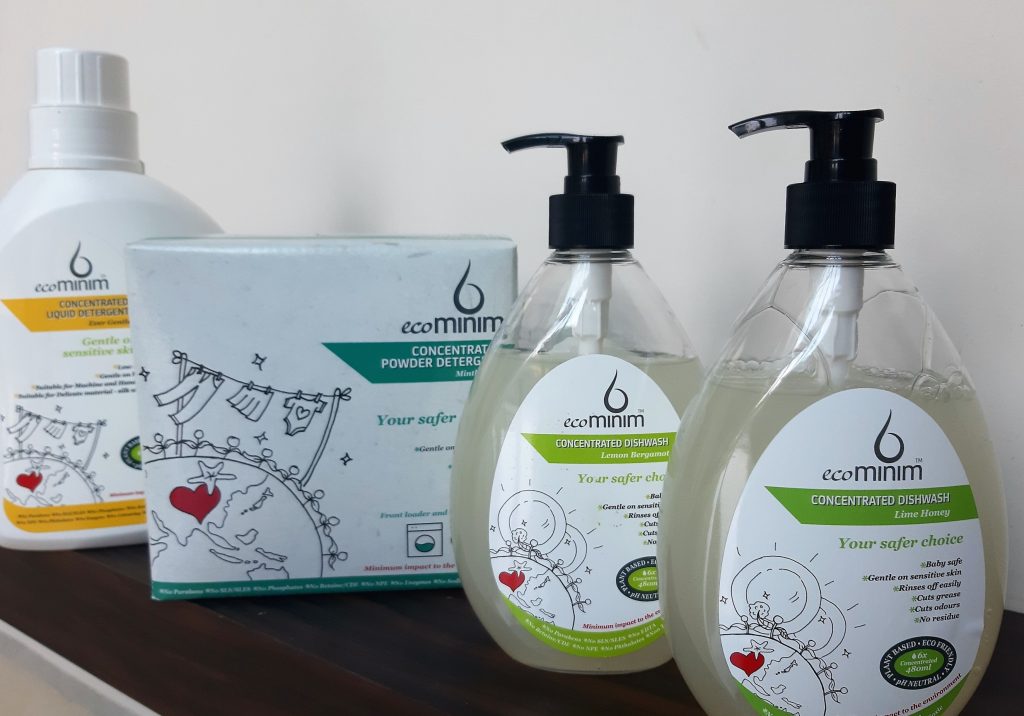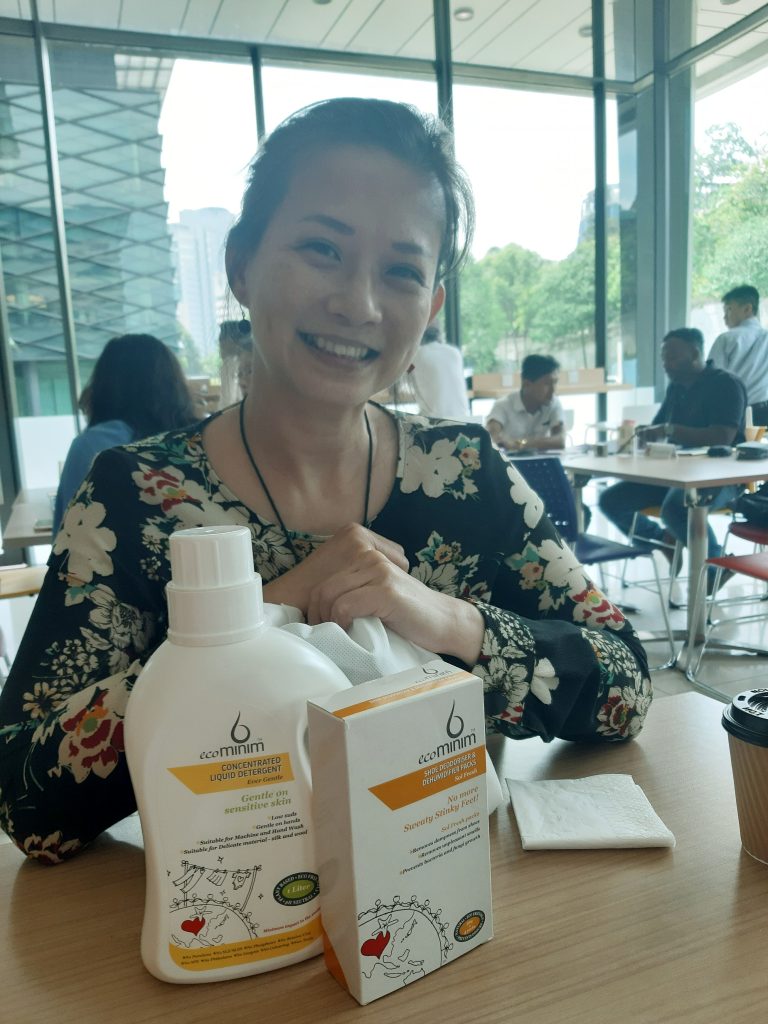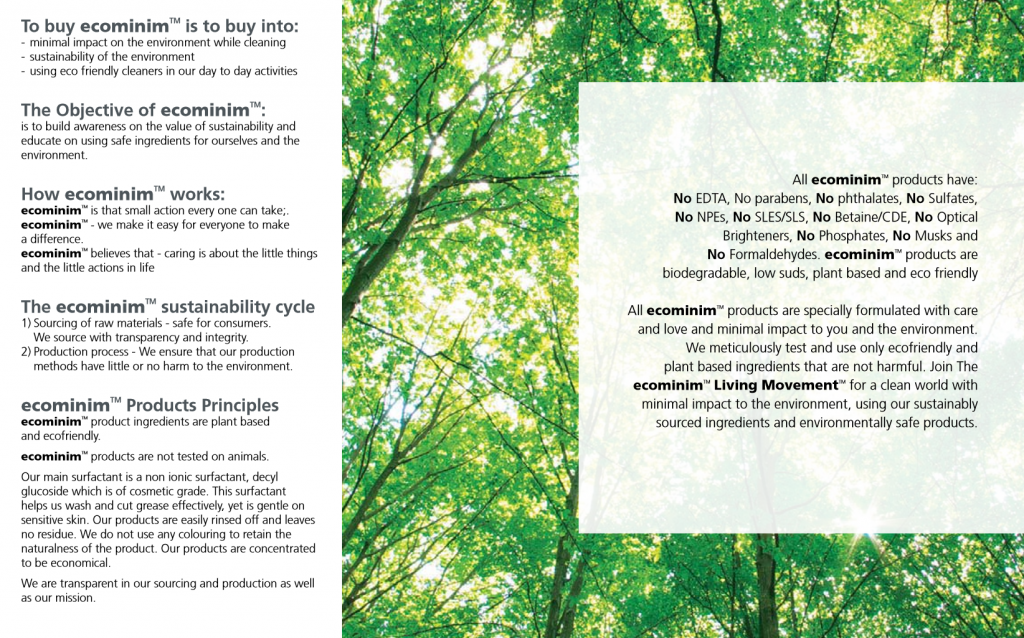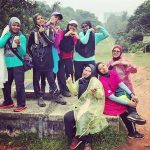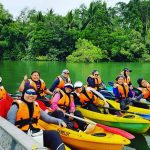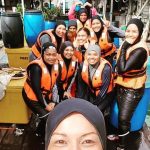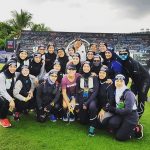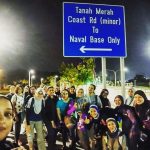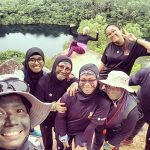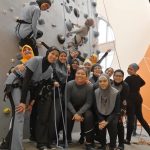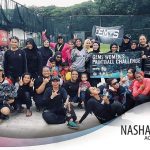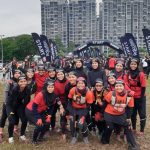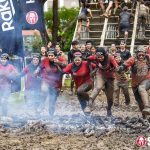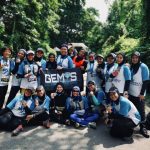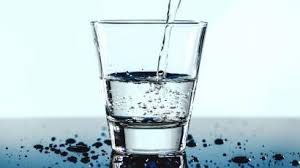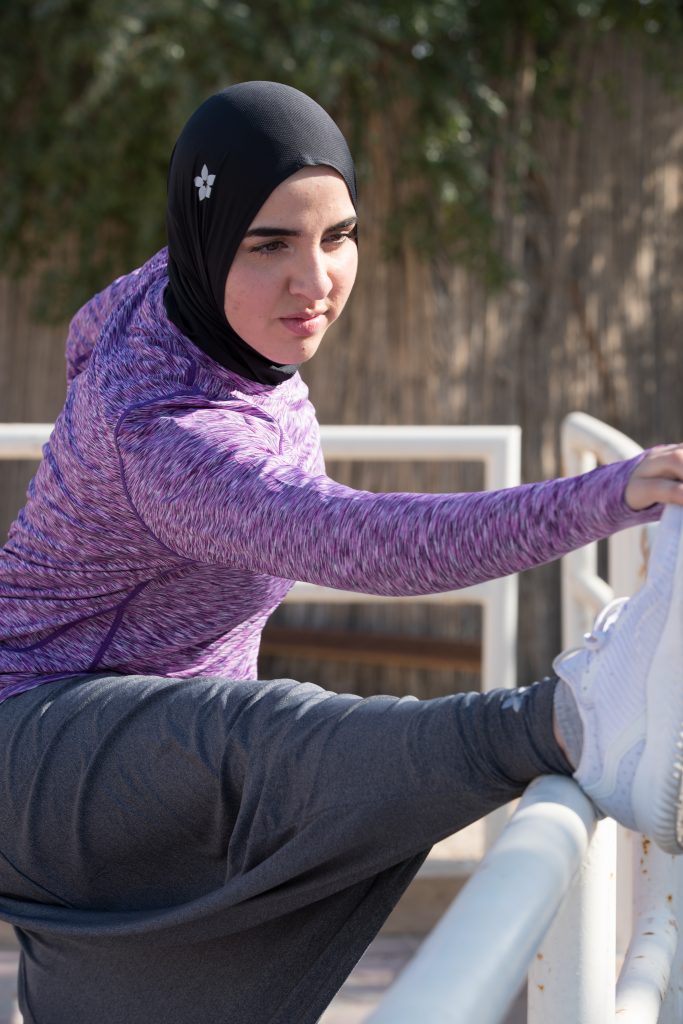Why should we invest time, effort and money to join races?
I have personally received many feedback about how it is wasteful to spend on races. The time and effort spent to train for the races are better off spent on other beneficial things they say. While I respect the opinion of others, I beg to differ.
We study for exams. Undergo training for work.
Should we simply take a chance in life?
Entering a race is like a learning process with many beneficial attributes for this lifetime and the next. Learning should never cease in one’s lifetime regardless of age. One should yearn for lifelong learning and should be willing to spend on beneficial education. Learning is not constrained only within the classroom walls. Learning happens everywhere. We spent most of our time learning through books in the classroom or perhaps reading online. We learn through experience, our own or from others, where it is most beneficial when followed by reflections. We learn best when we are able to apply the theory we learnt into practical exercises where we are able to relay and convert words into productive actions.
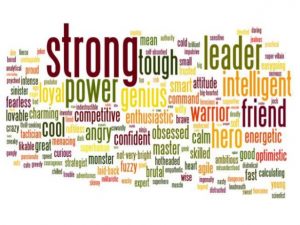 How do one learn to speak with confidence? Learn the techniques in theory in a classroom or from a book. Does it end there? Will one automatically develop confidence upon graduating from a theory only course? Definitely no. One needs to go for a series of lessons which includes practical exercises, speaking to the mirror, practice in a mock set up, etc. One will finally be successful when they eventually effectively deliver a talk/speech in front of a life audience.The police force, the armed forces, the fire fighters, the paramedics, doctors don’t become what they are just through books and lectures. They undergo a series of training to be able to perform effectively and efficiently when the time of need arrives. When the bell rings, when the siren sound
How do one learn to speak with confidence? Learn the techniques in theory in a classroom or from a book. Does it end there? Will one automatically develop confidence upon graduating from a theory only course? Definitely no. One needs to go for a series of lessons which includes practical exercises, speaking to the mirror, practice in a mock set up, etc. One will finally be successful when they eventually effectively deliver a talk/speech in front of a life audience.The police force, the armed forces, the fire fighters, the paramedics, doctors don’t become what they are just through books and lectures. They undergo a series of training to be able to perform effectively and efficiently when the time of need arrives. When the bell rings, when the siren sound
off, when the call is made… they are prepared. Prepared due to the practical lessons, intensive training, like it is the real thing and through repetition. And it is imperative because, the preservation of life, depends on them, their capabilities, their abilities to perform under stress.
How do we learn to have tawakkal (reliance on Allah alone)?
How do we practice istiqomah (steadfastness)?
How do we learn to instil discipline in ourselves?
How do we learn to develop sabr (patience)?
How do we foster teamwork, inculcate determination, resilience?
How do we become confident?
When Allah put trials and tribulation in our path,
is He torturing us?
Or training us?
I choose to believe the latter
We usually would wait till the next real life challenge or the next calamity before we
know whether we have any of those qualities and abilities . What if there is a way for us to develop these heaven-worthy qualities through self-imposed challenges? Wouldn’t it be better than to wait for something to happen to see whether we have such abilities?What if we are able to train ourselves purposefully to adopt those qualities? There are many ways… and one way is to enter a race.
Once we are committed to a race, we will have to plan our training schedule. Training must be progressive and adequate with enough time for rest and recovery. A poor plan or failure to follow the plan will result in poor performance or injury. One would definitely suffer throughout the race without proper training. With this knowledge, we instill discipline upon ourselves to keep to the training schedule and meet training objectives in order to compete/complete the race successfully.

A well planned training program is essential. We need to instil discipline to follow the program and to meet the training objectives. This ensures that we do not suffer during the race and not incur any injuries
Discipline and istiqomah Checked.
Race day. How can one not clearly see how completing a race comes with great benefits? The more difficult the race/challenge, the higher quality of benefits attained. Completing a race requires much determination. It not only requires physical strength, it calls upon great mental strength. The long distance, the elevation gain, the inclement weather, the obstacles – man-made and natural, the sheer fatigue are factors which can bring one down to the ground, admit defeat, call it quits, DNF.
Resilience is what drives one to cross the finishing line, jump over the fiery pit. The journey increases one’s level of situational awareness, sportsmanship. One learns to appreciate nature, His creations and ponder over His grace and blessings. Standing at the foot of a mountain makes us timid and humbled at His Magnificence. Standing at the summit will make us prostrate in gratitude, awed at its beauty. Racing in a team will foster teamwork, spirit of altruism, unity, patience. Promotes social wellness. Free falling requires one to embrace the essence of tawakkal. With landing knowledge in hand, safety checked, one surrenders to Allah as the feet land safely to the ground (or not). Wall/rock climbing promotes problem-solving skills, enhances coordination, increases strength. Completing the race/challenge brings a bout of newly attained confidence, increases one’s self- esteem, negates one’s uncertainties over her own abilities, upon His Mercy and Might.

There are some things that we simply cannot learn just from books
Determination, Resilience, Social Wellness, Environmental Wellness, Physical Wellness, Emotional Wellness, Spiritual Wellness, Sabr, Tawakkal, Confidence Checked.

Forging of camaraderie through hard times
The above mentioned qualities are probably less than 50% of the total wholesome benefits of completing a race/ challenge. Not to mentioned the health benefits it claims as made obligatory (wajib) in the deen. The best thing is, all these qualities and benefits does not end at the finishing line. It transforms us. Whatever we attained in that one challenge is applicable in real life as well! Tadaaaa.. (Surprising meh?) Having overcome such hardships willingly, in a controlled environment, we will be able to face anything that crosses our path in syaa Allah. What is a mere life’s obstacle when you have climbed mountains and touched the clouds, when you have jumped over walls, tumble through grit, run through pain and fatigue, swim across the ocean… Believe me, you will automatically apply the qualities you attained and reap the benefits. Our everyday chores becomes simpler, dreams and goals becomes more achievable, trials and tribulations becomes more palatable. Consider races and challenges you sign up for as simulations of a real life challenge. With the knowledge, you have made the effort and play your part to prepare yourself, when the real thing happens, you take action then you let go and let God.
He told us that life is nothing but trials and tribulation. Each one to prepare us for the next and every struggles is never in vain. Every hardship is a stepping stone and we get stronger at every successful step. He said knowledge is the key to paradise. Successful are those who bears patience and is grateful. We can choose to wait and see or work hard to prepare ourselves. We study for exams. Undergo training for work. Should we simply take a chance in life?
Lets calculate. (ROI vs Opportunity Cost)
- $100 x 12 local races = $1200 spent on races (It’s not much for an lifetime investment)
- 2hrs of training x 6 days x 52 weeks = 624 hours / 8760 hours in a year (7% of your total time!)
- 624 x 500 = 312 000 calories loss (Is this not beneficial?)
A 1 hour walk will burn between 1.6 and 2.4 calories for every pound of your weight, depending on speed. That’s 250 to 350 calories for the average person walking pace
We all have 24hrs each day. 2 hours of training leaves us with 22 hours to do everything else. Sleep, rest, eat, work/attend school, attend religious classes, pray, housework, read, practice a hobby, meet friends, cook, spend time with family and much more. There is definitely much to gain than to lose. Need I say more?

In conclusion, being committed to a race will not only increases one’s physical strength but also mental, emotional and spiritual strength (with the right intentions and proper execution). It builds character, qualities one requires not only to complete a race but to overcome challenges in our everyday lives.
Disclaimer: To fully reap the benefits with barokah (His blessings), one must practice this within the stipulated laws of syariah and in moderation like everything else we do.

